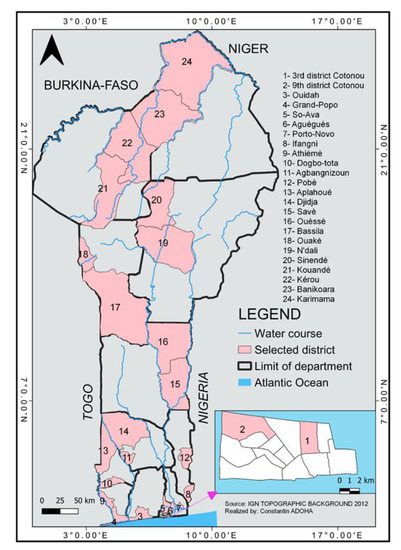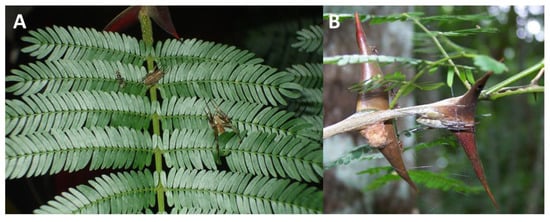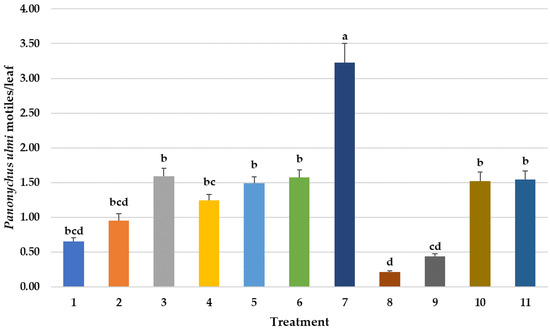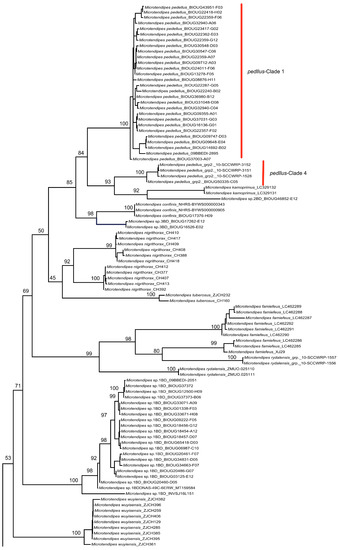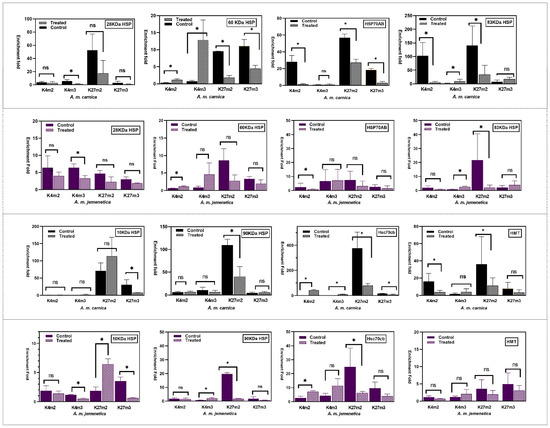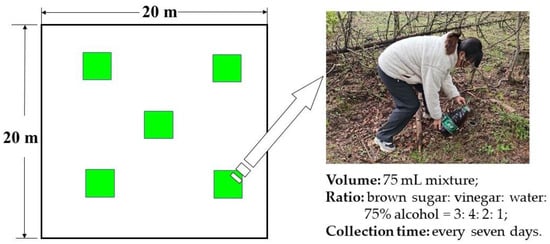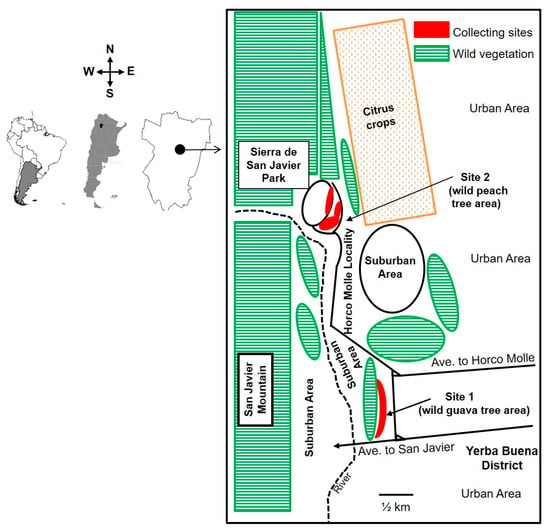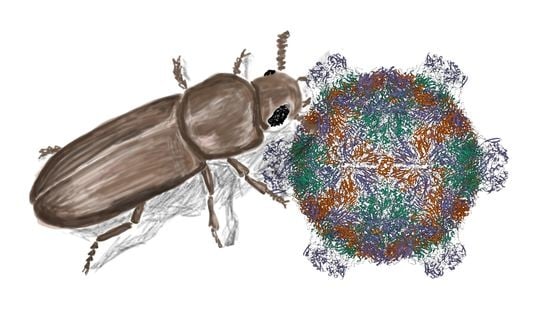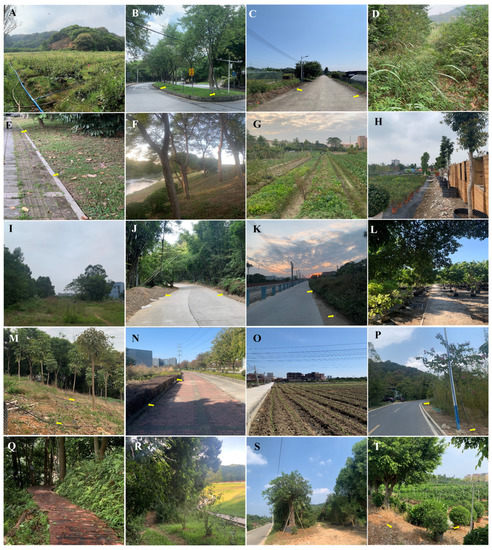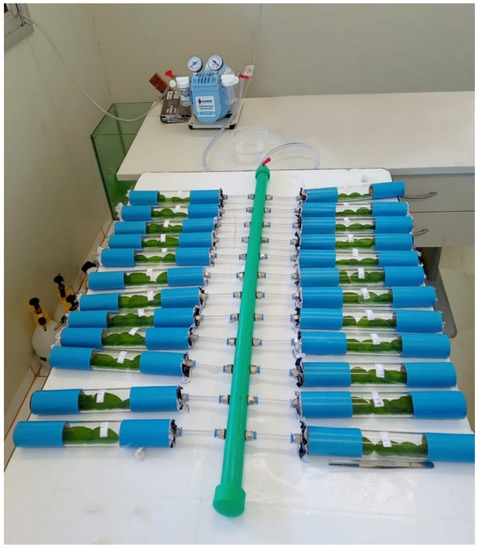1
Ecole de Gestion et d’Exploitation des Systèmes d’Elevage, Université Nationale d’Agriculture, Kétou BP 44, Benin
2
Centre de Recherche Entomologique de Cotonou, Ministère de la Santé, Cotonou 06 BP 2604, Benin
3
Ecole Polytechnique d’Abomey Calavi, Université d’Abomey-Calavi, Abomey-Calavi 01 BP 526, Benin
4
Faculté des Sciences et Techniques, Université d’Abomey-Calavi, Abomey-Calavi 01 BP 526, Benin
5
Faculté d’Agronomie, Université de Parakou, Parakou BP 123, Benin
6
Faculty of Infectious and Tropical Diseases, The London School of Hygiene and Tropical Medicine, London WC1E 7HT, UK
Insects 2023, 14(3), 231; https://doi.org/10.3390/insects14030231 - 25 Feb 2023
Cited by 3 | Viewed by 3065
Abstract
Current diagnostic and surveillance systems in Benin are not designed to accurately identify or report non-Plasmodium falciparum (Pf) human malaria infections. This study aims to assess and compare the prevalence of circumsporozoite protein (CSP) antibodies of Pf and P. vivax
[...] Read more.
Current diagnostic and surveillance systems in Benin are not designed to accurately identify or report non-Plasmodium falciparum (Pf) human malaria infections. This study aims to assess and compare the prevalence of circumsporozoite protein (CSP) antibodies of Pf and P. vivax (Pv) in Anopheles gambiae s.l. in Benin. For that, mosquito collections were performed through human landing catches (HLC) and pyrethrum spray catches (PSC). The collected mosquitoes were morphologically identified, and Pf, Pv 210, and Pv 247 CSP antibodies were sought in An. gambiae s.l. through the ELISA and polymerase chain reaction (PCR) techniques. Of the 32,773 collected mosquitoes, 20.9% were An. gambiae s.l., 3.9% An. funestus gr., and 0.6% An. nili gr. In An. gambiae s.l., the sporozoite rate was 2.6% (95% CI: 2.1–3.1) for Pf, against 0.30% (95% CI: 0.1–0.5) and 0.2% (95% CI: 0.1–0.4), respectively, for Pv 210 and Pv 247. P. falciparum sporozoite positive mosquitoes were mostly An. gambiae (64.35%), followed by An. coluzzii (34.78%) and An. arabiensis (0.86%). At the opposite, for the Pv 210 sporozoite-positive mosquitoes, An. coluzzii and An. gambiae accounted for 76.92% and 23.08%, respectively. Overall, the present study shows that P. falciparum is not the only Plasmodium species involved in malaria cases in Benin.
Full article
(This article belongs to the Special Issue Controlling Mosquitoes to Reduce the Spread of Mosquito-Borne Diseases)
▼
Show Figures

